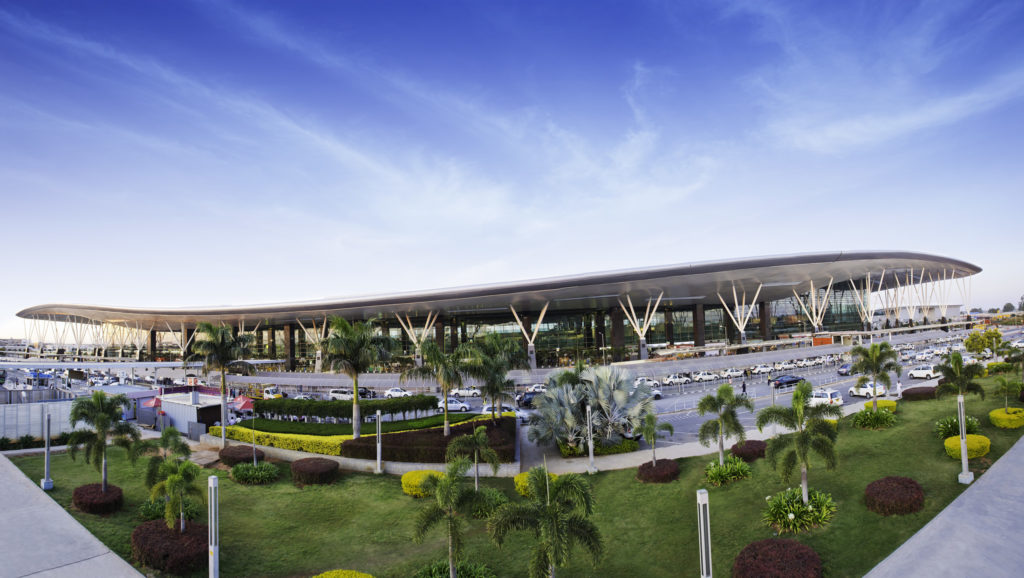Pennsylvania-based Unisys is to integrate and manage all IT and non-IT systems for Phase 1 of the second terminal (T2) at Kempegowda International Airport, Bengaluru (Bangalore), India.
India’s third-busiest airport, and among the fastest growing in the world, BLR Airport managed 33.3 million passengers in 2018-19.
Kempegowda’s second terminal project is designed to enable the airport to accommodate an additional 25 million passengers per year and will be built in two phases. Scheduled to be operational in March 2021, T2 will enable operator Bengaluru International Airport Limited (BIAL) to meet the demands of increasing passenger volumes and improve operational efficiency.
Under the terms of the three-year contract, Unisys will manage the implementation of more than 20 new IT systems procured by BIAL for Phase 1 of T2. It will also undertake seamless systems integration of a complex network of IT and non-IT systems supporting the current infrastructure and the upcoming T2.
“T2 will infuse much-needed volume, addressing growing passenger demand. It will transform BLR Airport into a next-generation airport with the latest technology, and boost capacity to serve customers over the next few decades. Unisys is well placed to support our vision by drawing on its expertise in the aviation industry, particularly in India, to manage this critical and complex end-to-end airport system integration engagement,” said Thomas Shimmin, chief project officer, BIAL.
This contract strengthens Unisys’ relationship with BIAL, the two companies already having partnered to provide business intelligence services including the development of an advanced data analytics platform and steering an analytics COE in 2018.
Rick Mayhew, vice president and general manager, Unisys Asia Pacific said, “The Indian aviation industry is dynamic, with one of the world’s fastest growth rates, and Unisys looks forward to helping one of the nation’s key international airports digitally transform and enhance its operational scale to meet customer demand now and into the future.”

